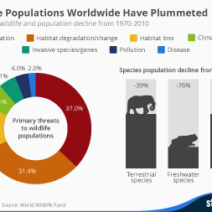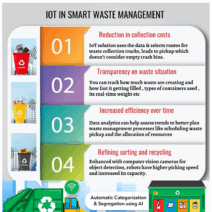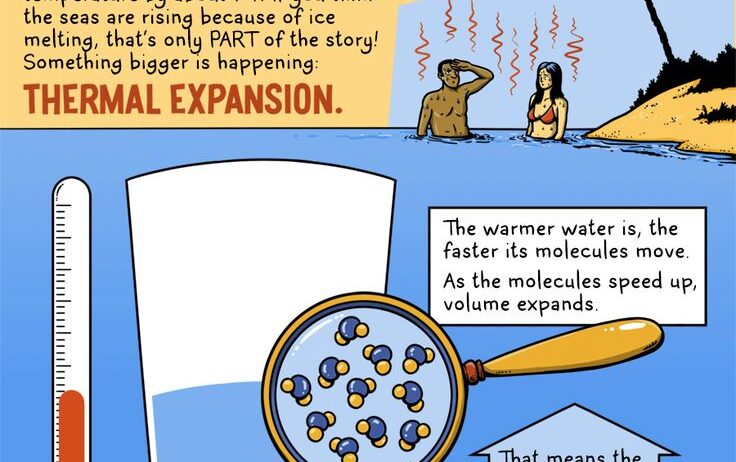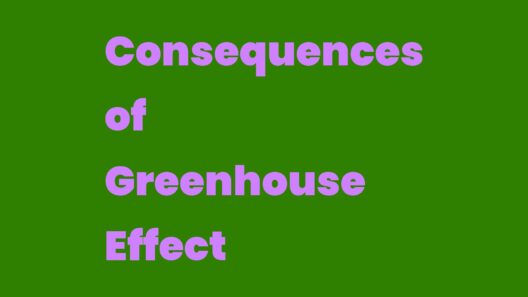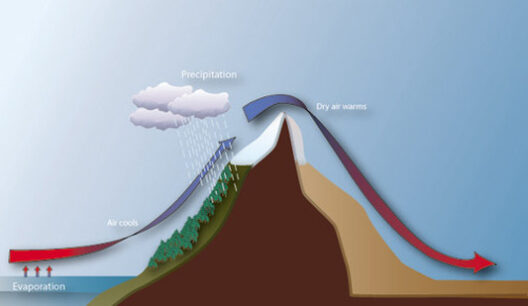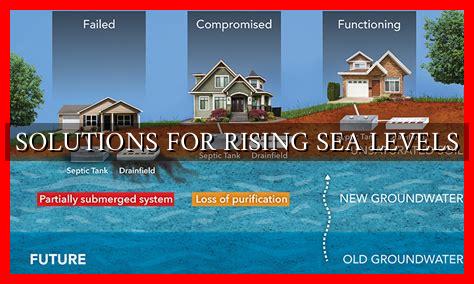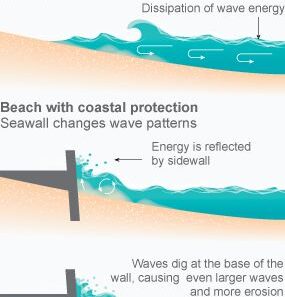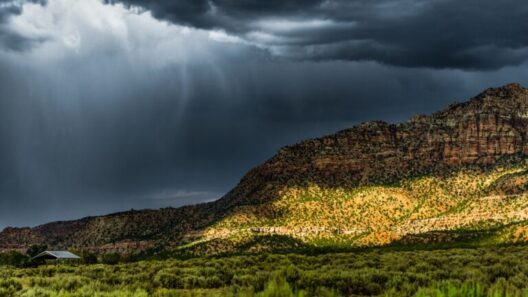The phenomenon of rising sea levels is one of the most troubling consequences of climate change, capturing the attention of scientists, policymakers, and the general public alike. Human activity plays a pivotal role in exacerbating this issue. As oceans rise, they threaten coastal ecosystems, human settlements, and global industries. Understanding the connection between human actions and rising sea levels is essential for fostering a more sustainable relationship with our environment.
Environmental alterations are primarily attributed to the relentless endeavor for industrial advancement, urban expansion, and modification of natural landscapes. This exploitation generates significant stresses on the planet’s climatic systems, fundamentally altering the delicate balance that sustains life.
In the following sections, we will explore the multifaceted ways human activity contributes to rising sea levels, from greenhouse gas emissions to deforestation, and the resultant implications on both natural habitats and human societies.
The Emission Paradox: Greenhouse Gases and Their Climatic Fallout
A major driver behind rising sea levels is the greenhouse gases emitted through human activities. Carbon dioxide (CO2) and methane (CH4) accumulate in the atmosphere, primarily due to fossil fuel combustion, industrial processes, and agricultural practices. This results in the greenhouse effect, where heat is trapped in the atmosphere, leading to global warming.
As global temperatures ascend, ice sheets and glaciers—critical components of the Earth’s freshwater reserves—begin to melt. The Arctic and Antarctic regions are particularly affected, with free-flowing water from melting glaciers contributing directly to rising ocean levels. The Greenland Ice Sheet, for instance, has been losing mass at an unprecedented rate, fueling concerns about future sea-level rise.
Thermal expansion of seawater is another phenomenon linked to increasing temperatures. As the ocean warms, the water molecules expand, increasing the volume of the oceans. Thus, even a subtle increase in temperature can have profound implications for coastal areas worldwide.
The Deforestation Dilemma: Trees and Their Role in Carbon Sequestration
In tandem with greenhouse gas emissions, deforestation exacerbates the issue of rising sea levels. Trees act as crucial carbon sinks, absorbing CO2 from the atmosphere. When forests are cleared for agriculture, urbanization, or logging, this carbon is released back into the atmosphere, further intensifying the greenhouse effect.
Moreover, deforestation disrupts local hydrological cycles. Forests play a vital role in regulating water flow, maintaining moisture levels, and preventing soil erosion. The loss of these ecosystems can lead to increased sedimentation in rivers and coastal areas, further altering natural water systems and potentially obstructing the natural mechanisms that manage sea levels.
The Urbanization Enigma: Concrete jungles and Their Consequences
Urbanization is another significant factor contributing to rising sea levels. As cities expand, the natural landscape is replaced by impermeable surfaces such as asphalt and concrete. This urban sprawl not only exacerbates runoff but also results in the destruction of wetlands that would typically act as buffers against storm surges and flooding.
Coastal cities face unique risks due to their proximity to the ocean. The convergence of urban expansion and rising sea levels presents a multifaceted challenge. Cities like Miami, New Orleans, and Jakarta are already grappling with the consequences of flooding and land subsidence, which is compounded by inadequate infrastructure to manage these environmental changes.
Additionally, human-induced climate change alters the frequency and intensity of extreme weather events, increasing the likelihood of coastal flooding and erosion. Tropical storms and hurricanes, intensified by warmer ocean temperatures, can devastate coastal areas, leading to substantial economic losses and displacement of populations.
The Societal Implications: Vulnerability and Resilience
The implications of rising sea levels are far-reaching, particularly for vulnerable communities residing in low-lying coastal regions. Many of these populations often lack the resources to adapt or relocate, making them disproportionately affected by both chronic flooding and the immediate impacts of extreme weather events.
Public health infrastructures may also face challenges; rising salinity in groundwater sources, alongside increased flooding, can contribute to the spread of waterborne diseases. This reality calls for a more equitable approach to environmental policy, emphasizing the need for inclusive planning and upgrading environmental resilience.
Communities worldwide are beginning to implement innovative strategies focused on resilience, such as the restoration of natural ecosystems—like mangroves and wetlands—that can absorb storm impacts and mitigate flooding. These approaches reflect an understanding that adaptation is not merely a response to rising sea levels but an imperative to foster sustainable development in harmony with natural systems.
In summation, the relationship between human activity and rising sea levels is complex and interwoven with numerous factors. From greenhouse gas emissions to deforestation and urbanization, the impacts of our actions are evident and growing. The exploration of these interconnected elements underscores the urgent need for collective action to mitigate our effects on the environment. Only through a conscientious effort can we hope to preserve the planet for future generations while fostering resilience against the impending challenges of climate change.

